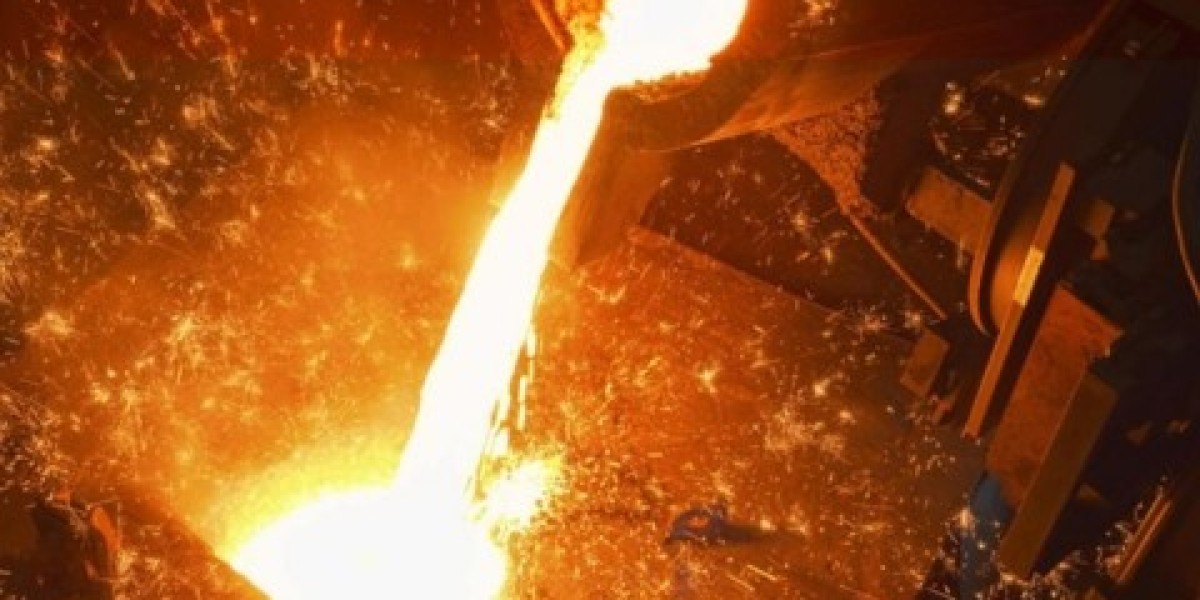Casting iron is an ancient craft that has stood the test of time, evolving from its early roots to become a cornerstone of modern manufacturing. From ornamental sculptures to industrial machinery, cast iron plays a vital role in various industries. This guide aims to provide a comprehensive overview of the casting iron process, from understanding the materials and equipment needed to mastering the techniques required for successful casting.
Materials and Equipment:
- Iron: Iron is the primary material used in casting iron. It is typically sourced in the form of scrap metal or pig iron, which is then melted down to its liquid state for casting.
- Furnace: A furnace capable of reaching temperatures above 2,000 degrees Fahrenheit is essential for melting iron. Options range from traditional coke-fired furnaces to modern electric induction furnaces.
- Crucible: A crucible is a heat-resistant container used to hold the molten iron during the casting process. It should be made of materials such as graphite or ceramic to withstand high temperatures.
- Molds: Molds are used to shape the molten iron into the desired form. They can be made from materials like sand, clay, or metal, depending on the complexity of the casting.
- Ladle: A ladle is used to transfer the molten iron from the furnace to the mold safely. It should have a long handle to keep the operator at a safe distance from the heat.
- Safety Gear: Safety gear, including heat-resistant gloves, goggles, and aprons, is crucial for protecting yourself from burns and other hazards associated with molten metal.
Casting Techniques:
- Pattern Making: The first step in casting iron is creating a pattern, which serves as a template for the final casting. Patterns can be made from wood, metal, or plastic and should be designed with precision to ensure accurate results.
- Molding: Once the pattern is ready, it is placed in a mold made from sand or other materials. The mold is then packed tightly around the pattern to create a cavity into which the molten iron will be poured.
- Melting and Pouring: The iron is melted in the furnace until it reaches a liquid state. Once molten, it is carefully poured into the mold using the ladle. It's crucial to pour the iron slowly and steadily to prevent defects such as air bubbles or shrinkage.
- Cooling and Finishing: After the iron has been poured, it is left to cool and solidify within the mold. Once cooled, the casting is removed from the mold and any excess material is trimmed away. The casting may then undergo further finishing processes such as grinding, sanding, or painting to achieve the desired final appearance.
Safety Precautions:
- Always wear appropriate safety gear when working with molten metal to protect against burns and other injuries.
- Keep a safe distance from the furnace and molten metal to avoid accidents.
- Ensure proper ventilation in the casting area to prevent the buildup of harmful fumes.
- Follow all manufacturer instructions and safety guidelines for the equipment being used.
- Have a plan in place for handling emergencies such as spills or accidents.
Conclusion: Casting iron is a skill that requires patience, precision, and a deep understanding of the materials and techniques involved. By following the steps outlined in this guide and taking appropriate safety precautions, you can master the art of casting iron and create stunning pieces that stand the test of time.








